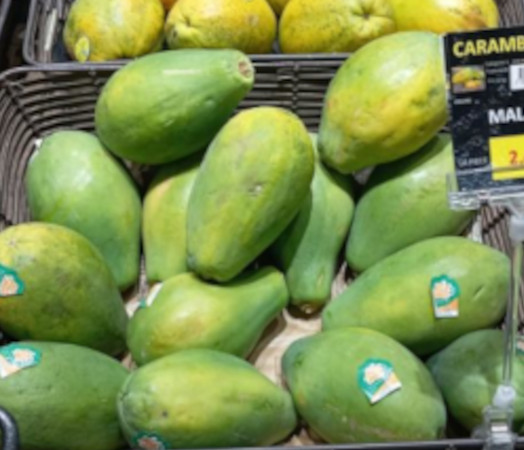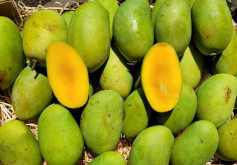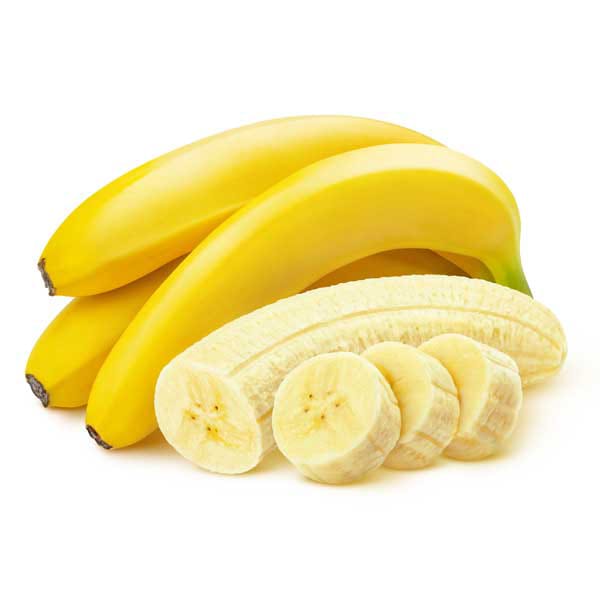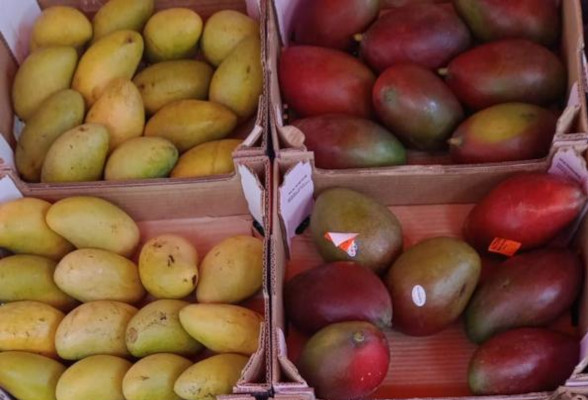Uses of Pawpaw:
- Fresh Eating: Eaten raw, cut into cubes or wedges, often enjoyed as a snack or added to fruit salads.
- Smoothies and Juices: Blended into smoothies, juices, or milkshakes for a sweet, tropical flavor.
- Desserts: Used in pies, cakes, ice cream, and sorbets for its creamy texture and sweetness.
- Culinary: Added to savory dishes in some cuisines, like curries or salsas, or used as a meat tenderizer due to its enzymatic properties.
Benefits of Pawpaw:
- Rich in Vitamin C: Pawpaw is packed with vitamin C, which supports immunity, skin health, and helps fight free radicals.
- Digestive Health: Contains papain, a natural enzyme that aids in digestion and helps break down proteins, making it a good choice for improving gut health.
- Antioxidant-Rich: High in antioxidants like beta-carotene, vitamin C, and flavonoids, pawpaw helps protect the body against oxidative stress and inflammation.
- Supports Skin Health: The vitamins and enzymes in pawpaw promote healthy skin, reduce signs of aging, and improve skin texture.
Characteristics:
- Vibrant Orange Flesh: The flesh is sweet, soft, and creamy when ripe, with black, edible seeds in the center.
- Green to Yellow Skin: The skin is typically green when unripe, turning yellow or orange as it ripens.
- Sweet, Tropical Flavor: Pawpaw has a flavor that combines melon, mango, and citrus, making it refreshing and mildly sweet.





